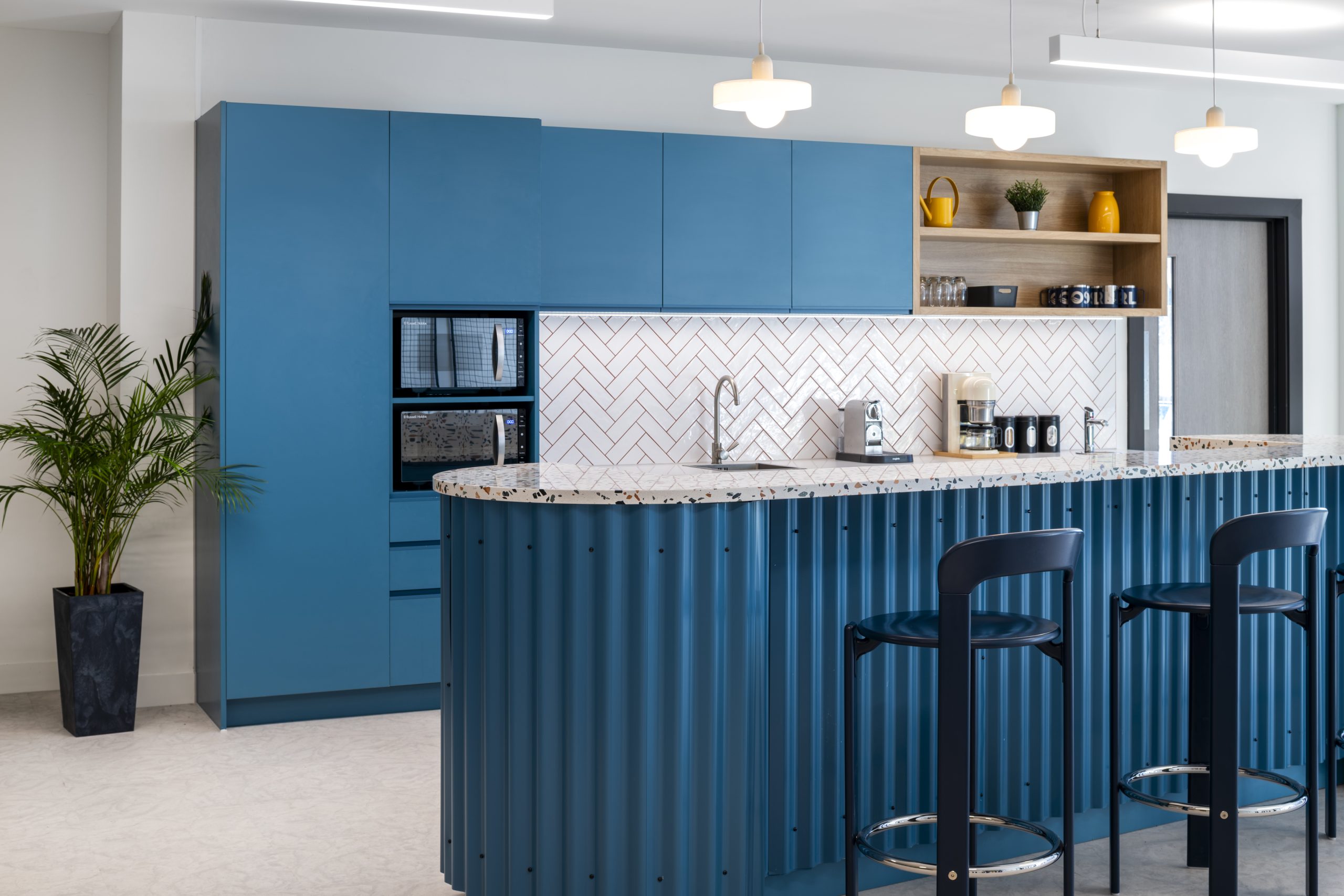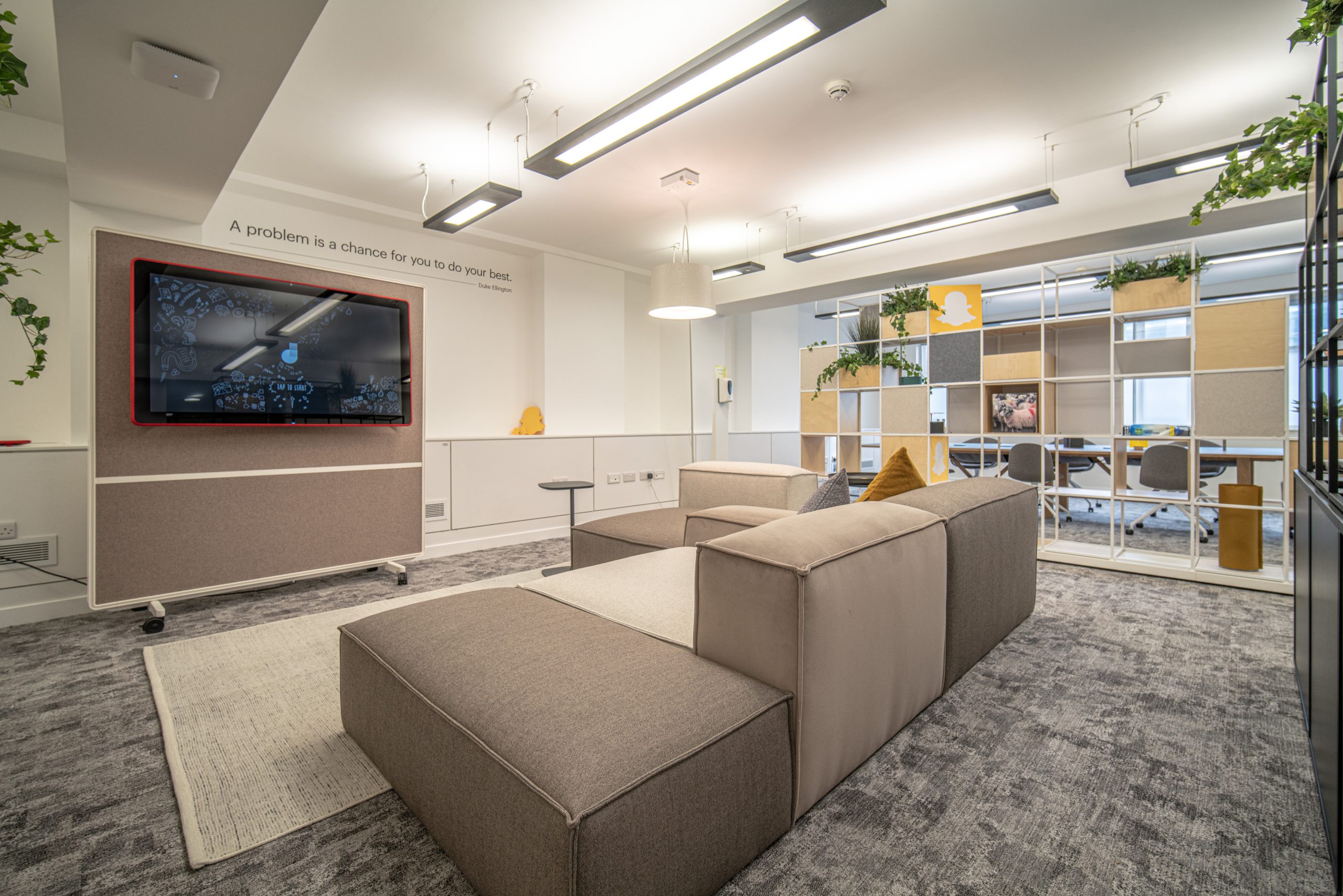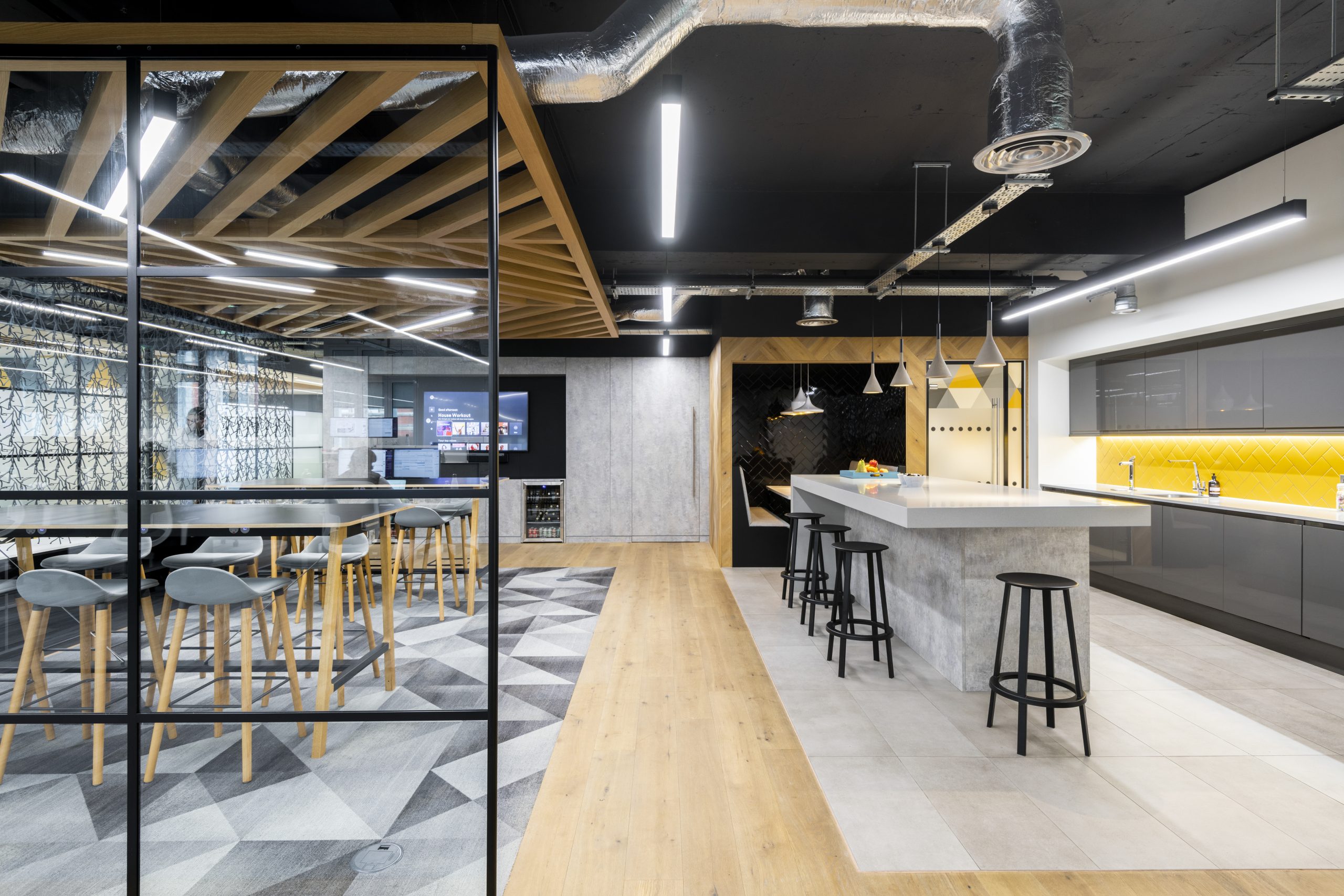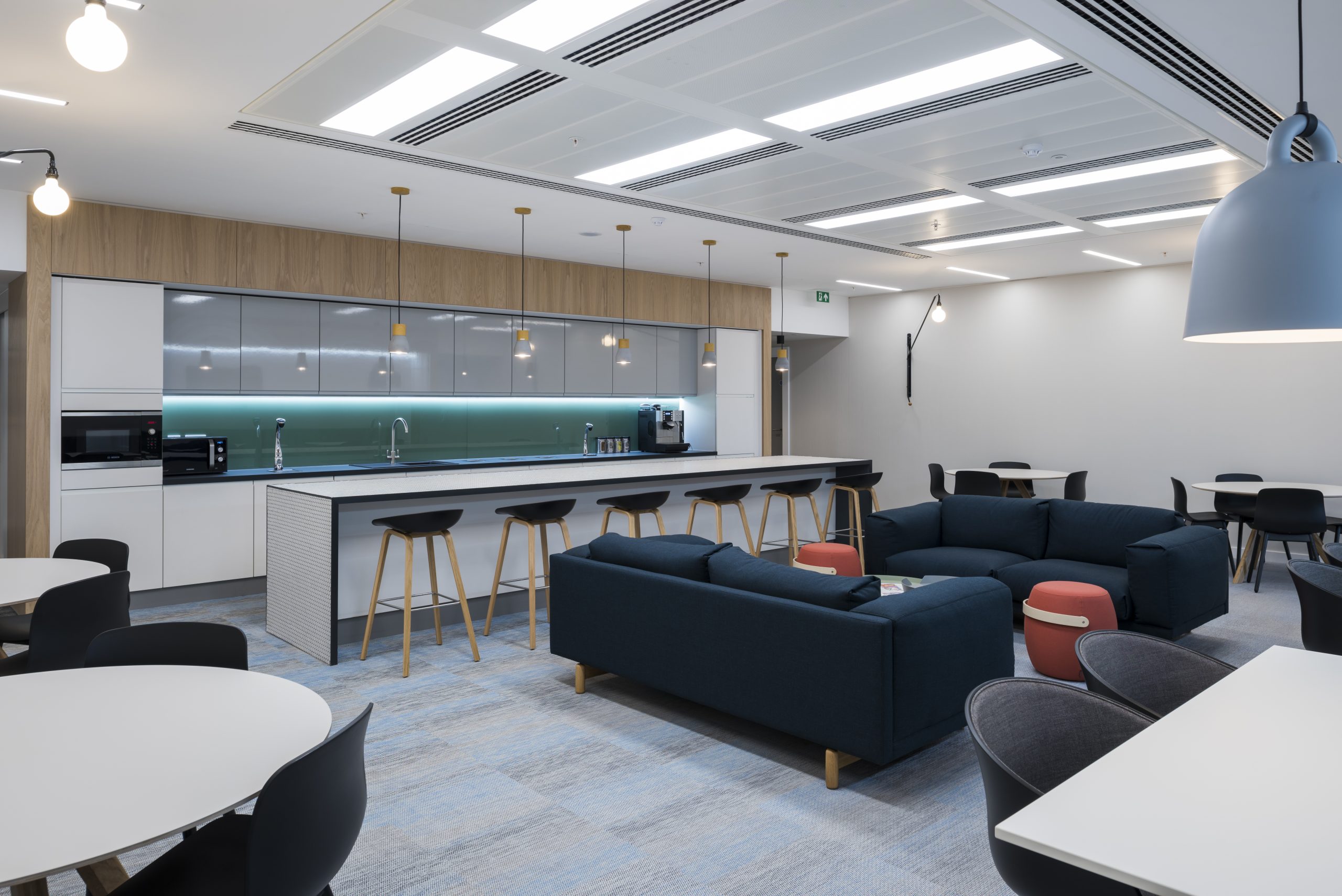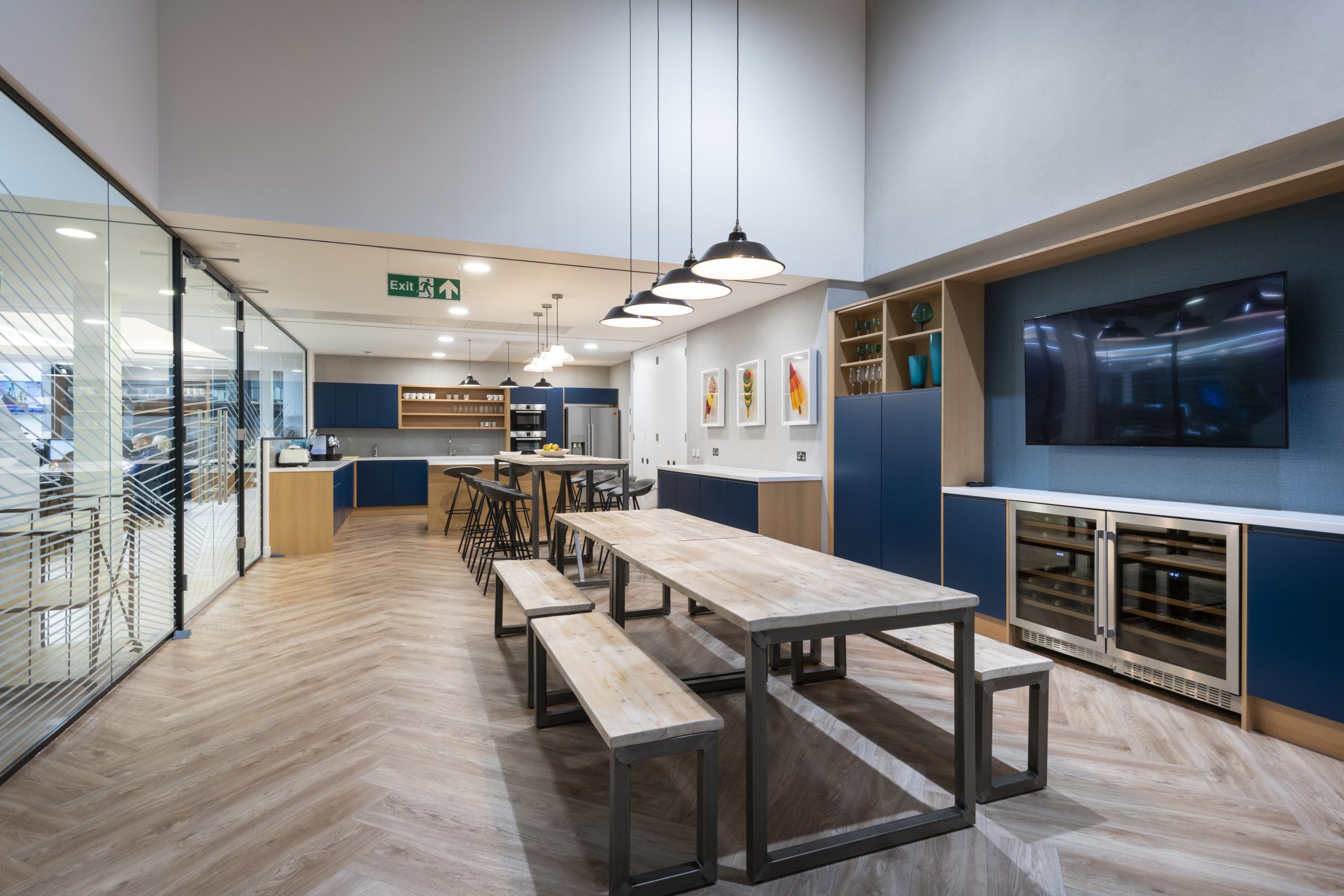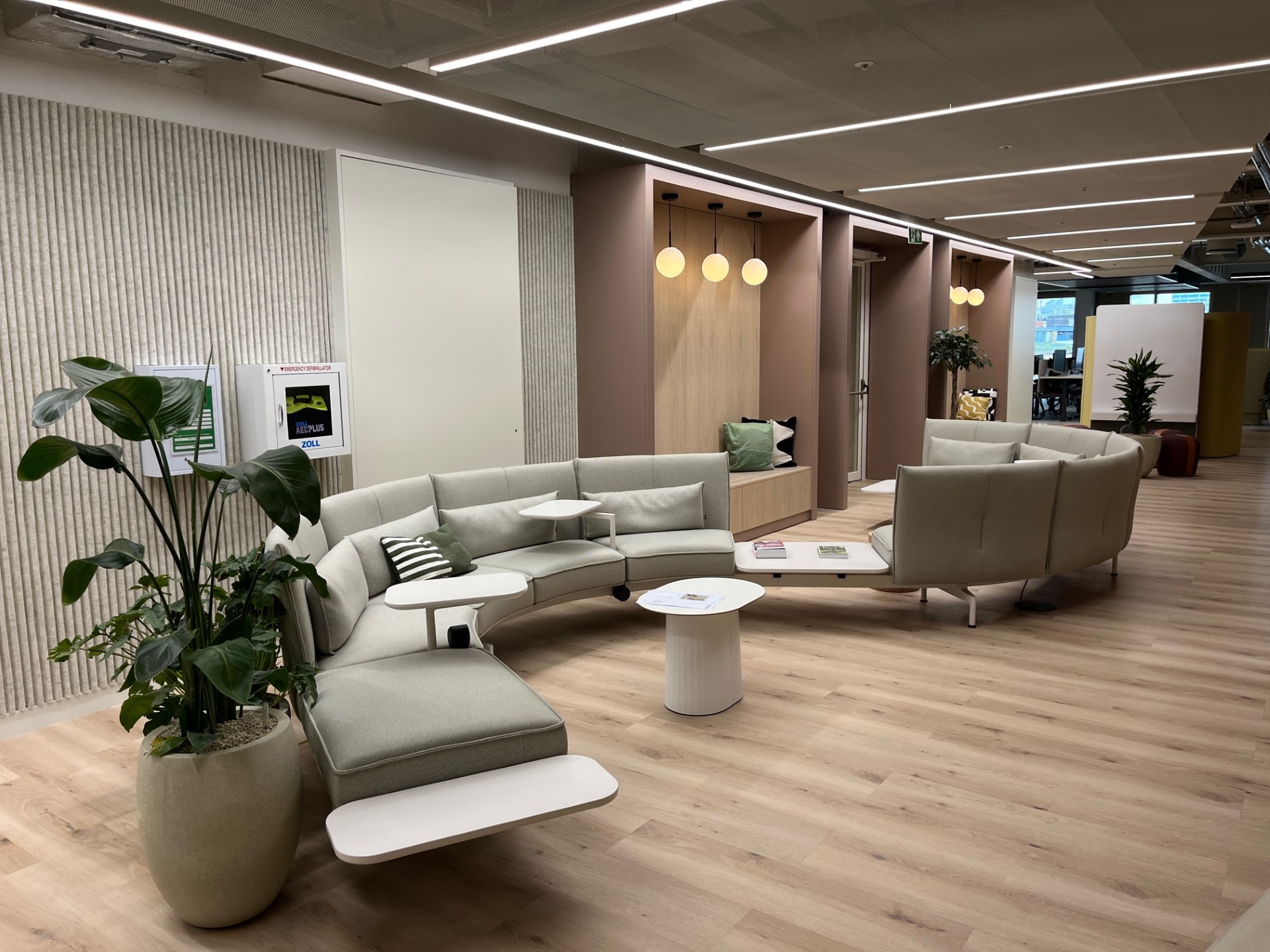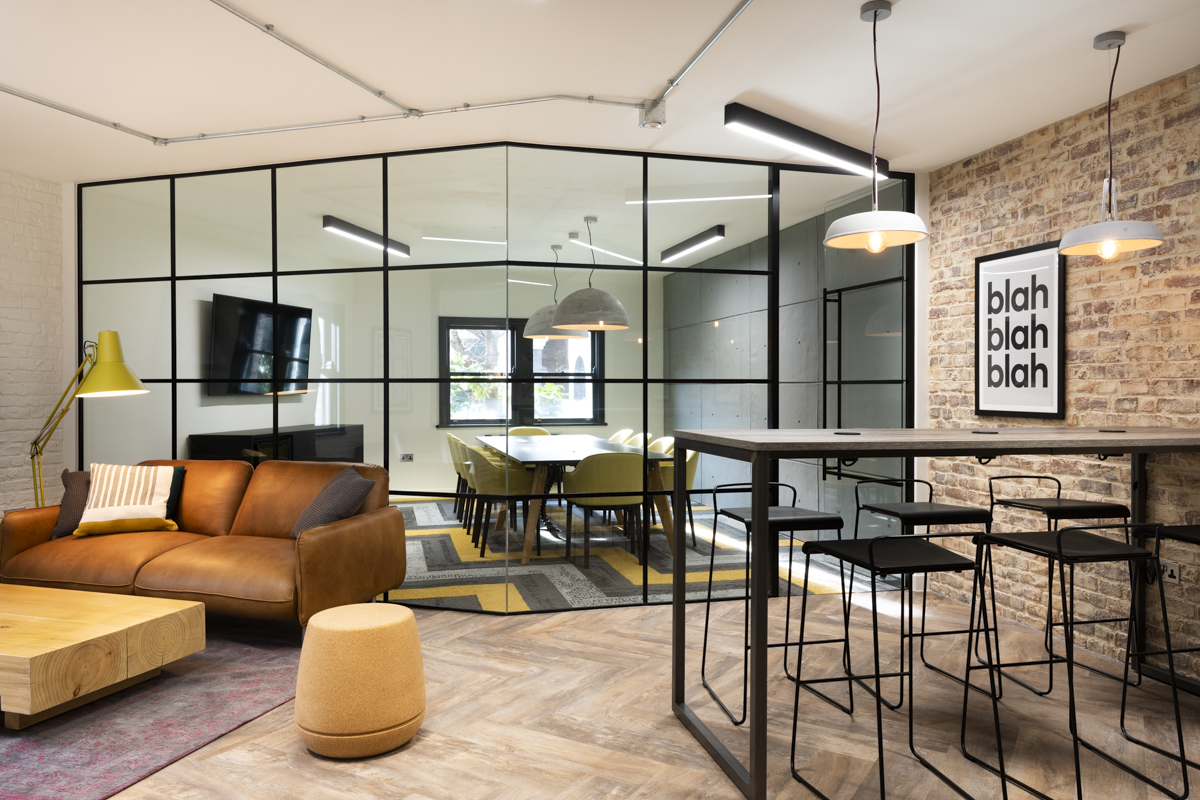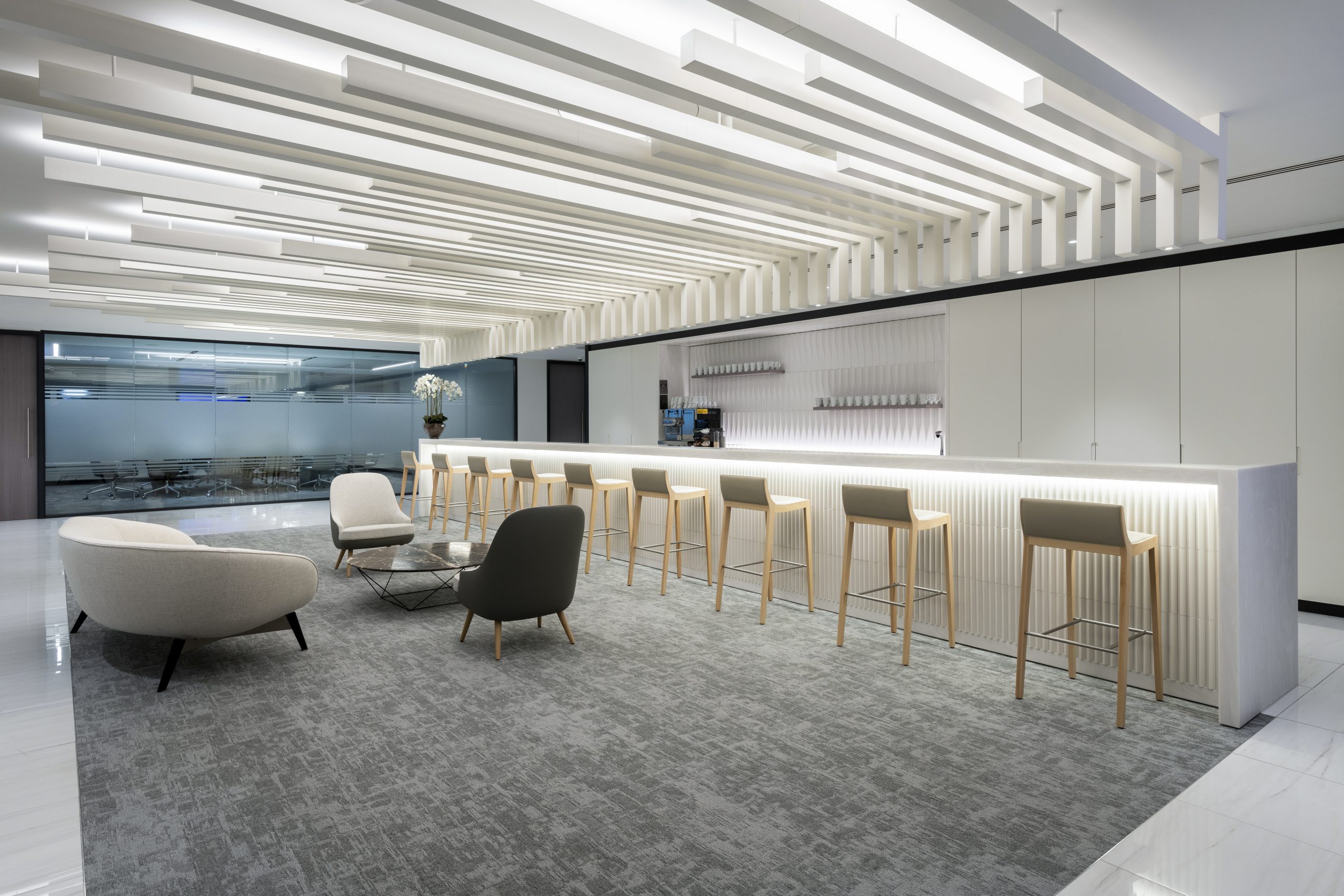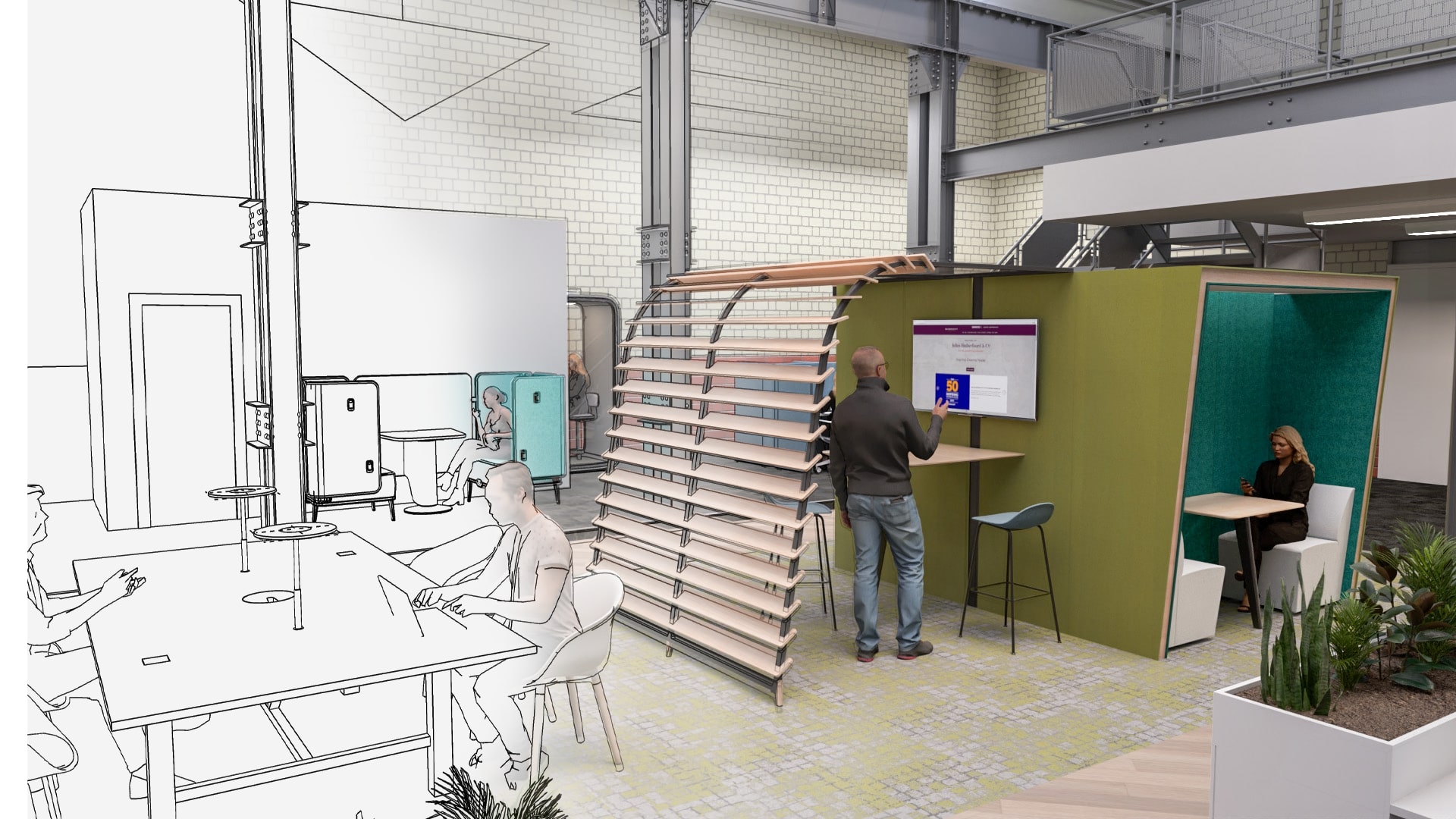Contents
- The Need for Flexibility
- Defining Flexible Workspaces
- Flexible Workspace Models
- Benefits for Occupiers & Landlords
- Key Design Considerations
- Effective Layout Strategies
- Market Trends & Growth
- Impact of Hybrid Working
- Sustainability in Flex Space
- What Does the Future of Flexible Workspaces Look Like?


